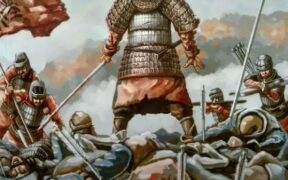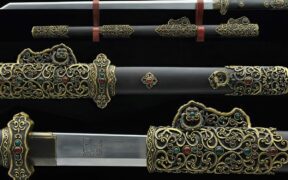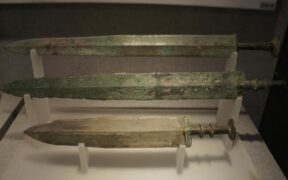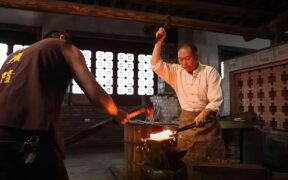Our content features commercial links to our products, committed to transparent, unbiased, and informed editorial recommendations. Learn More
Tang Dynasty Swords and Their Role in Shaping an Empire
NO AI USED This Article has been written and edited by our team with no help of the AI
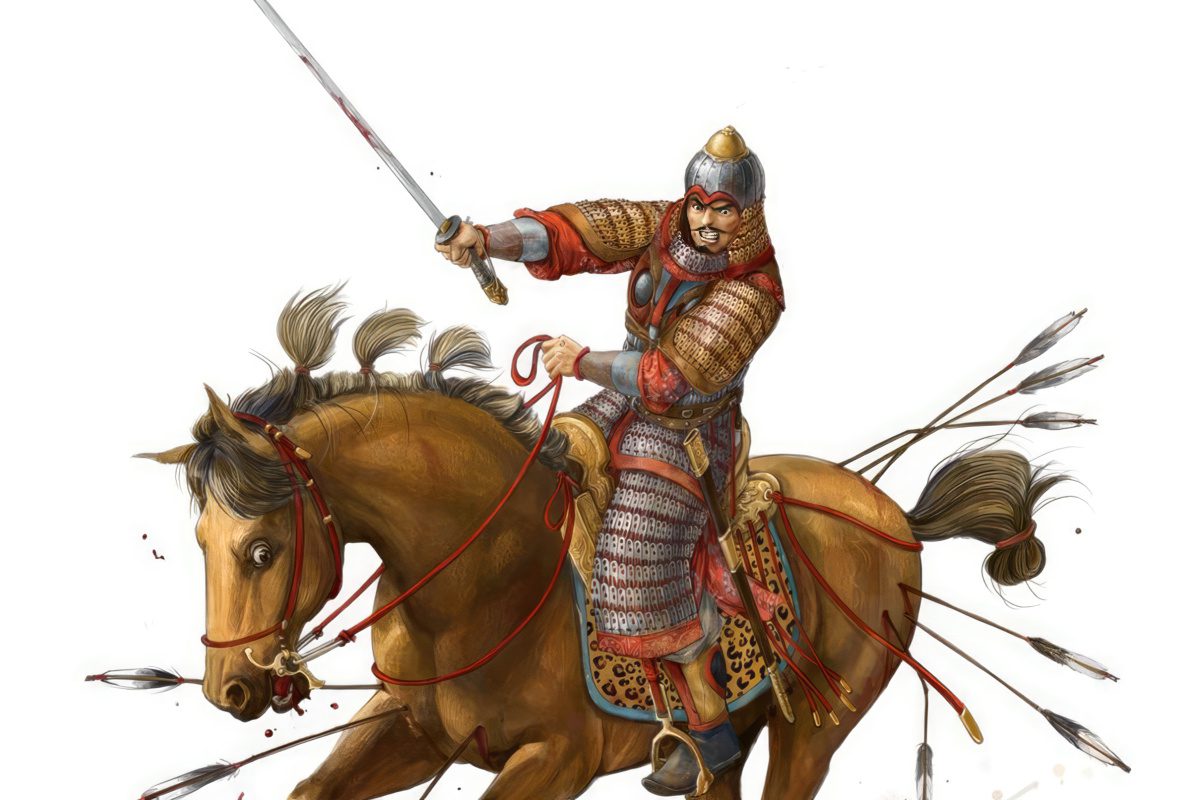
One of the most remarkable periods of Chinese history is during the Tang Dynasty Empire, which spanned from 618 to 907 AD. It was during this time that China reached its peak in territorial conquest. It was also a time of artistic and literary achievements, cosmopolitan views and acceptance, and most importantly, a time when their swords had tremendous influence over the continent.
The most popular swords today, such as the Samurai Japanese Katana, took their early prototype and inspiration from the Tang Swords. In this article, we will go over these Golden Age Chinese swords, explain how they were used, their history, and how they influenced the region.
Jian Swords
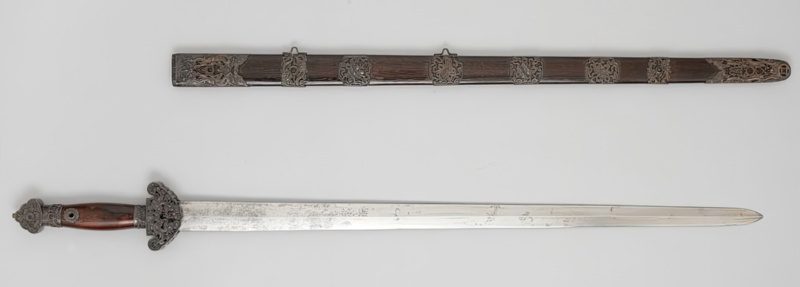
Jian Swords are the trademark weapons in China that have existed since the birth of the Shang Dynasty and were also used during the Tang Dynasty. They are straight, double-edged swords that are sharpened on both sides. They were mostly used for delivering blows combined with a shield and were also effective for slashing.
While they were still used during the Tang Era, Jian swords were not that popular. This may have been due to the emergence of the Tang Dao, which was cheaper to produce and maintain. The Tang Dao was more practical because of its one sharp edge, and it could be used just as effectively as a Jian sword. But it came to mounted combat, the Dao excelled.
Dao Swords
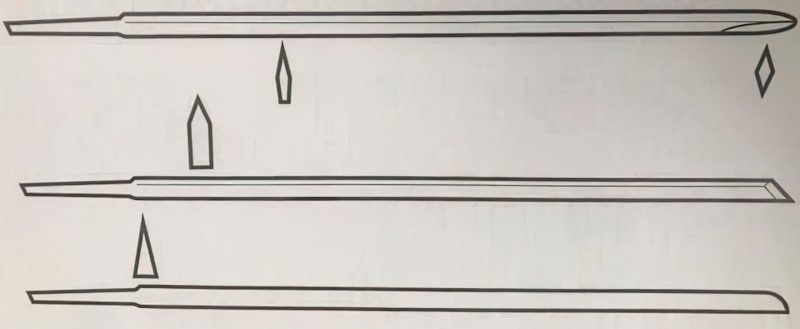
Chinese Dao Swords were slowly becoming the standard of blade-edged weapons. While they started much earlier than the Tang Dynasty, they were still in high demand in this era. They also slowly overtook the straight and double-edged Jian. Although they are usually curved today, most were straight during the Tang Empire.
From Tang texts, we can uncover four types of Dao swords in the era.
- Yi Dao – Ceremonial or court swords that were very elaborate and given mostly as gifts
- (Tang) Heng Dao – Single-edged straight swords that hung horizontally on soldiers’ belts
- Mo Dao – A giant Jian or Dao sword that could very well be a polearm or a possible early ChangDao sword
Tang Dao
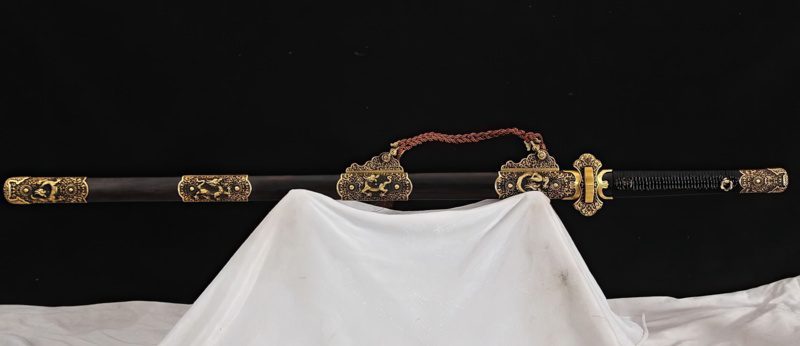
The Tang Dao is the trademark sword of the Tang Dynasty, sometimes referred to as the Tang Dynasty Sword. It is a single-edged bladed weapon that became highly popular throughout China and other regions where the Tang Empire held political influence.
It is a straight sword that is only sharpened on one side throughout the whole of the blade while at the same time having a double-edged sharped tip. This makes this sword highly effective in both slashing and thrusting attacks. It was a versatile weapon throughout China because it had the functions of both the Jian and Dao, which spread among all classes of the military and high nobility. It could be used quite effectively on foot and mounted combat alike, both of which were regularly used during this era.
History of Tang Dynasty Swords
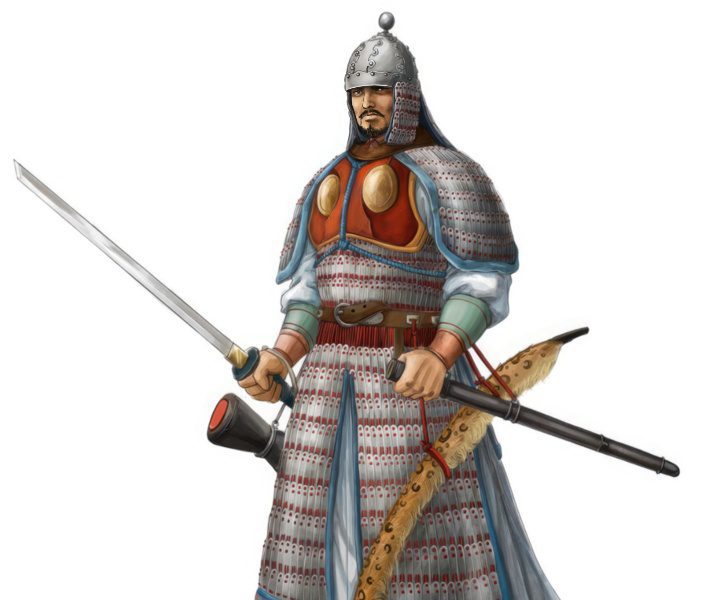
The Tang Dynasty’s biggest influences came from the northwest, thanks to its many conquests. The originators of the dynasty were partly Turkic, which also brought the use of mounted units into high demand. Both of these influences were behind how the Tang Sword got its shape.
The swords were a hybrid between a Jian and a Dao, straight and single-edged, that were effective in both mounted and foot warfare. The P-shaped scabbard came into use, allowing soldiers to carry their swords horizontally.
The Chinese Ring Swords were born during this era as well. The new straight pommel, just the same as the handle width, started being produced, which was also an easy and sturdy way of fastening blades to a handle. This helped make the Tang Swords the mainstay of swords being carried on hips and used in battle.
Over time, however, the single-edged sharp Tang Dao’s would be phased out, and the more curved, broad, and disc-shaped Dao’s would grow in popularity. This was due to the use of horseback riding by the Liao or Khitan Dynasty, a portion of north China that dissolved after Tang’s fall.
Influence Over the Most Popular Asian Swords
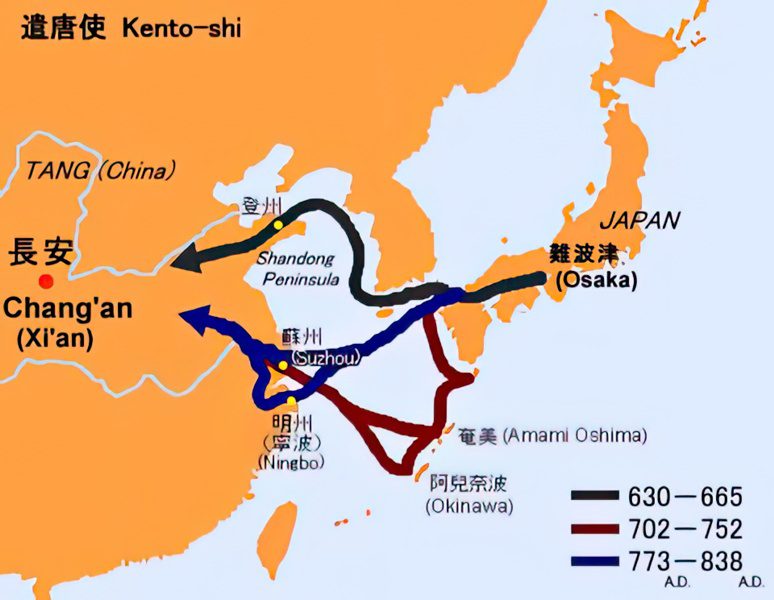
The Tang Dynasty was East Asia’s center for economics, culture, politics, trade, and weapon design. Almost all the lands in the region drew cultural and military inspiration from China due to its high status.
As a result of its successful conquests, the army was admired, and its weapons were the envy of all. Swords given as gifts by the Chinese government to others in the region, for example, Japan, are kept today as artifacts because of their importance to the dynasty.
The design of swords that followed a metallurgy pattern of straight single-edged weapons would become the main shape of later Asian weapons. As Tang China weakened, other countries broke from the Chinese sword path and began creating their own designs and swords, essentially creating the Japanese, Korean, Vietnam, and Tibetan swords that we know today.
